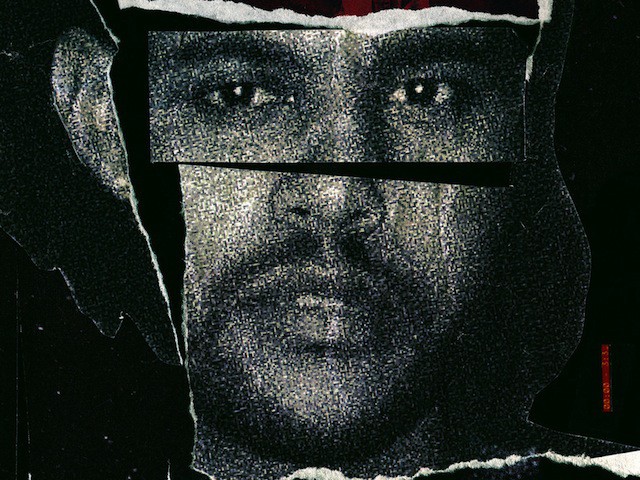Everyone’s An Artist And It’s Literally The Best
by Alexandra Molotkow

Nathaniel Rich’s Atlantic essay on John Seabrook’s The Song Machine — in which he discusses the “bald Norwegians and other unknowns” behind North American pop music — has, I think, galvanized some angry dad types, cousins of the YouTube commenters who thought music was better back when they first got laid. I don’t have a problem with carefully crafted, mass-market hits (I love Brill Building pop and Motown; why on earth should this be any different?), or the stars that animate them. But the most contentious part of Rich’s piece is also the chewiest:
By the end of The Song Machine, readers will have command of such terms of art as melodic math, comping, career record, and track-and-hook (a Seabrookian neologism). One term remains evasive, however: artist. In the music industry, the performers are called artists, while the people who write the songs remain largely anonymous outside the pages of trade publications. But can a performer be said to have any artistry if, as in the case of Rihanna, her label convenes week-long “writer camps,” attended by dozens of producers and writers (but not necessarily Rihanna), to manufacture her next hit? Where is the artistry when a producer digitally stitches together a vocal track, syllable by syllable, from dozens of takes? Or modifies a bar and calls it a new song?
The answer to the first question is: Yes! The second and third: Right there! All new things have always been old things, including the question of what’s art and what isn’t.
The answer to that one, of course, is artistry is wherever someone says it is. It’s 2015; everyone’s an artist. I don’t say that cynically. The Artist is not some genius consumptive dying in a garret; he’s just a guy who calls himself an artist, because art is just a way to think about what you’re making, as well as what you consume. And that’s very exciting!
This, of course, runs into the equally ancient debate around what makes art good or bad. I think some of those angry dads are reacting to the idea that interest is now a measure of quality — but no one is arguing that popular things are better, necessarily (I mean, some people must be). There’s just a greater recognition of the art involved in creating something people love, and, further that the pursuit of popularity can feed creativity. Most achievements come from a confluence of motives, pure and unpure and neither. A part of you wants to do good, while a part of you wants to be recognized; or maybe you’re just trying to feed your kids, or hoping the audience won’t pelt you with beer bottles and demand their money back.
“Pop now — no longer so scorned by music snobs, the way it was for decades — has become a kind of enveloping meta-genre, a transcendent condition to which almost every record aspires,” Carl Wilson wrote in Slate, in an essay about how the ’80s inspired our current crop of pop stars. The ’80s, he writes, “was a pop period in which boundaries weakened; the weird went mainstream and the mainstream went weird.” Those skeptical of modern pop machinery fear the opposite is true nowadays, that those “bald Norwegians” mean the end of weird. But they completely miss the point.
“What is that ineffable something that separates pop stars from the rest of us?” Rich writes. “What is the source of Rihanna’s magical powers? [Mikkel] Eriksen, trying to pin it down, describes it as “a sparkle around the edges of the words.” The music is only one part of it; the rest goes into style, presence, interview banter, whatever. The rest is them. And it isn’t unique to pop stars: that ineffable thing is what makes anyone interesting, and what makes art art (“a trace of lipstick traveling too far outside the outline of the lip,” in Wayne Koestenbaum’s words). Pop stars tend to be really, really great at projecting.
In the introduction to The Next Next Level, about the musician Juiceboxxx, Leon Neyfakh writes, “this is a book about people trying to figure out what it is inside of them that makes them special, and then devoting themselves to the hard work of making it legible to the outside world.” I love reading artist biographies, even artists whose work I don’t particularly care for, because whatever “sparkle” goes into the work is there in the life, sometimes in higher concentrate. That’s inspiring for anyone, not just self-identified artists, and it adds up to an excellent goal: to apply the same kind of thinking to every component of your life, from the way you organize your desktop to the way you arrange your outfits. “Personal brand” is one way to put it, but so is “sensibility”: a way of being as much yourself as possible, before you become no one forever. Call it art, and I will believe you.
Pop stardom isn’t the most reasonable goal, but it is a remarkably useful one. It comes down to refinement and projection: honing your sensibilities as finely as possible, and then putting them into the world as best you know how. There are more ways to do it than ever.